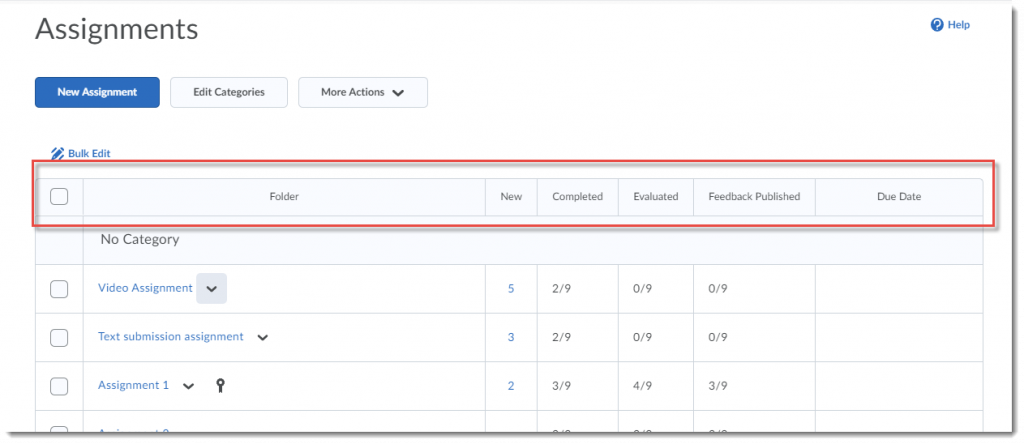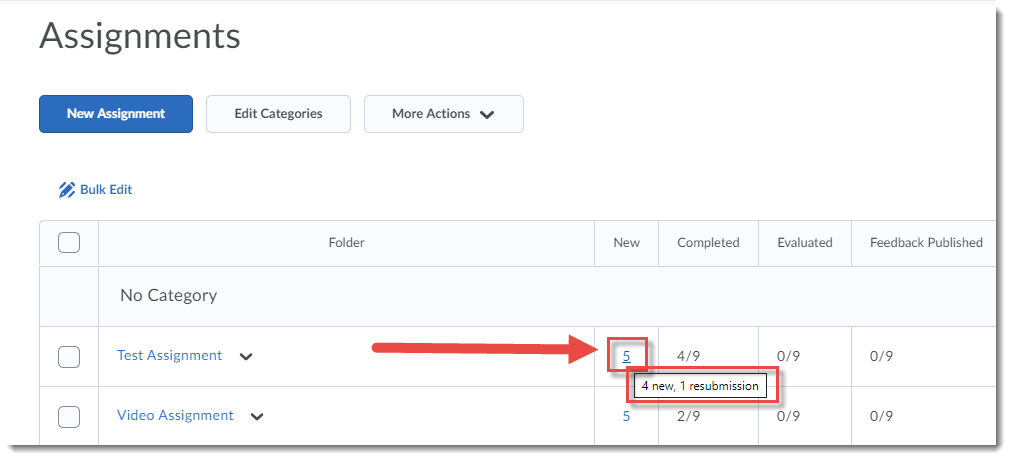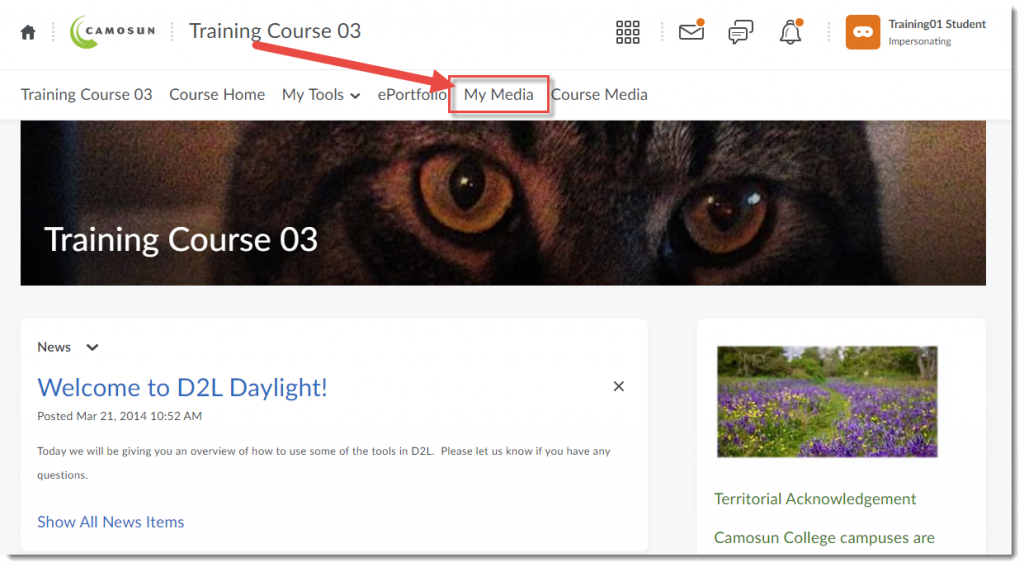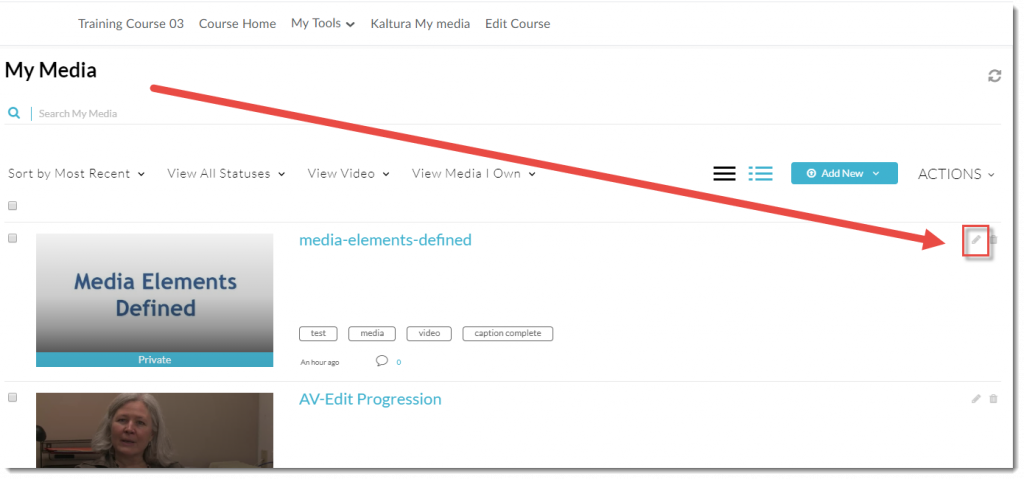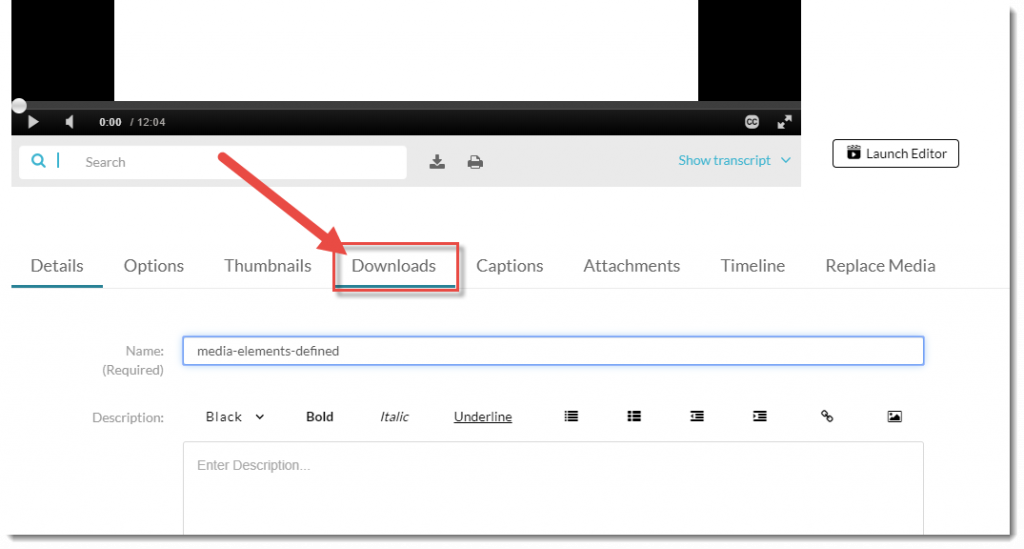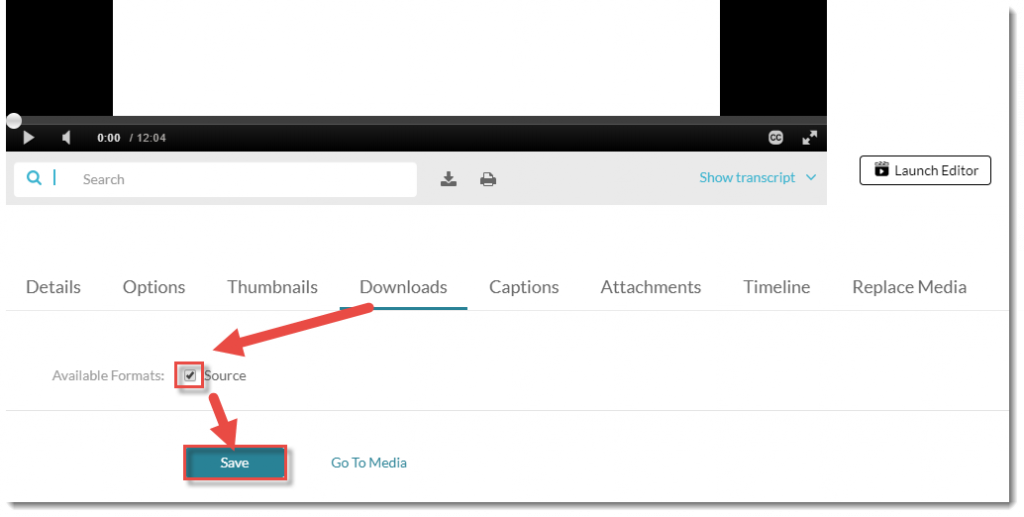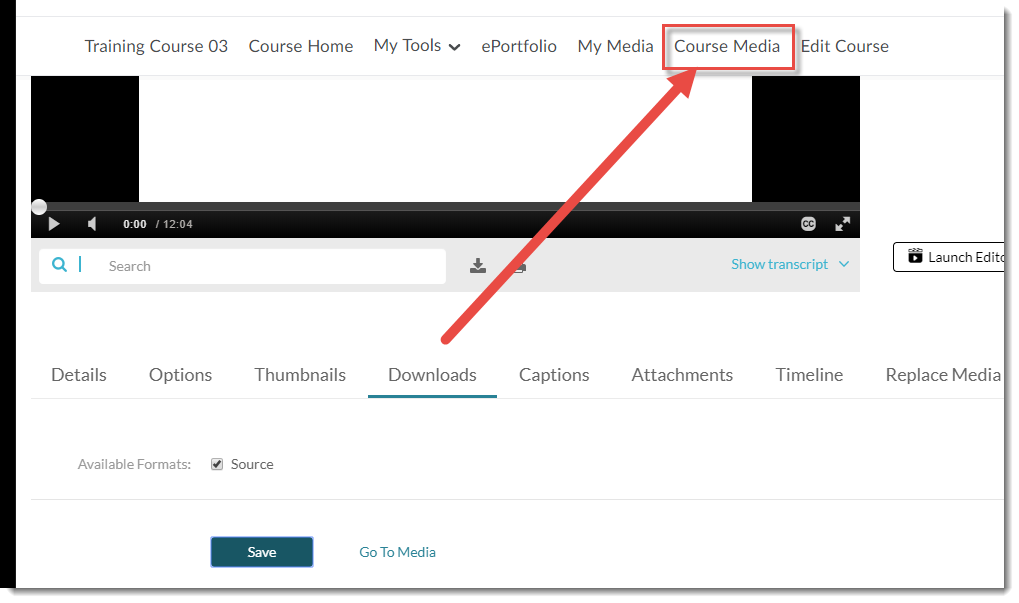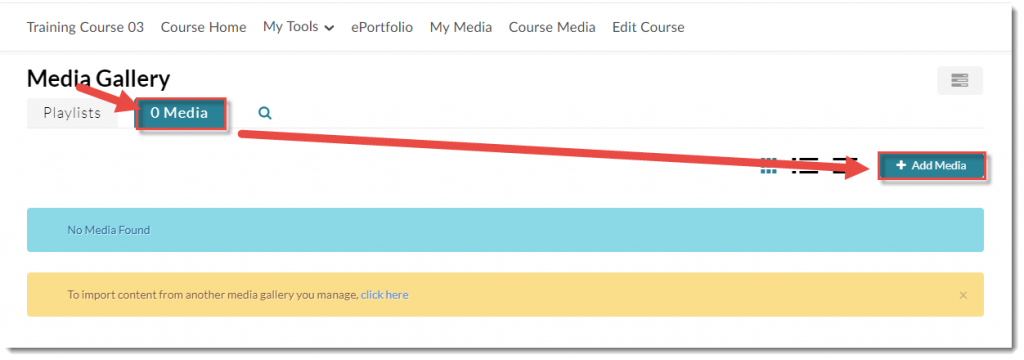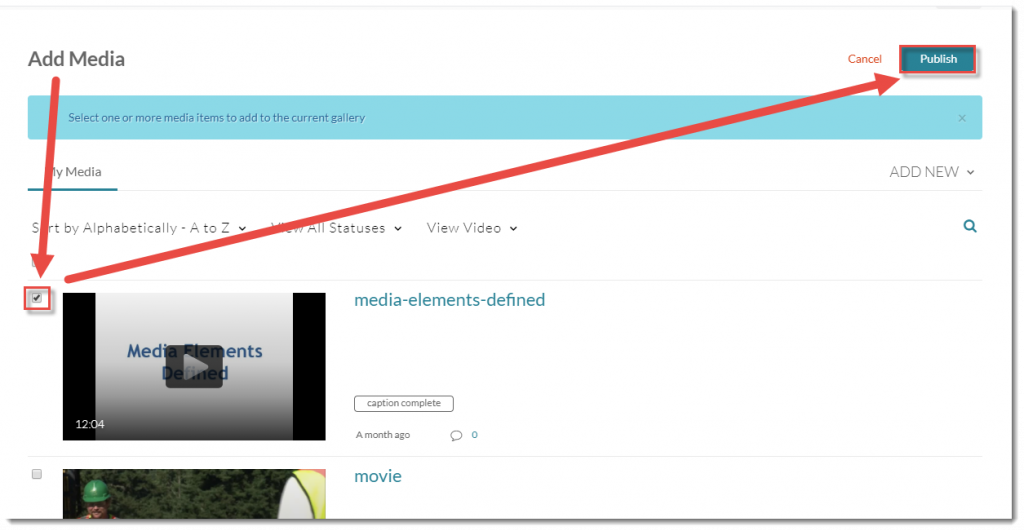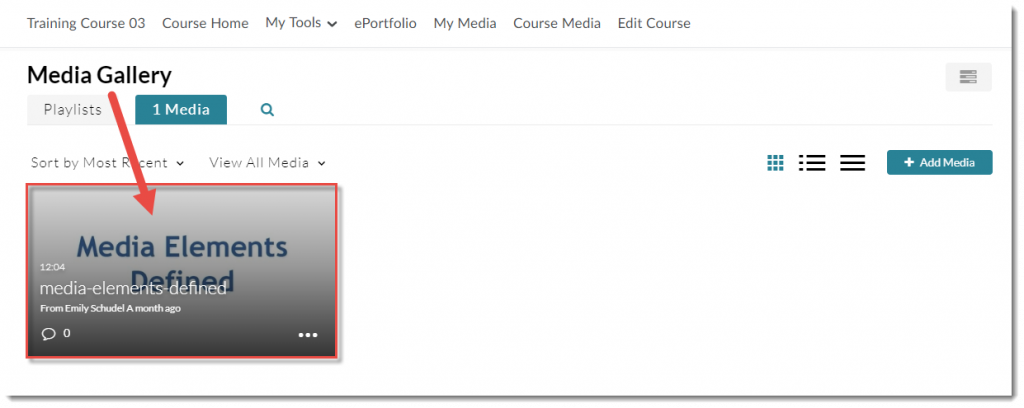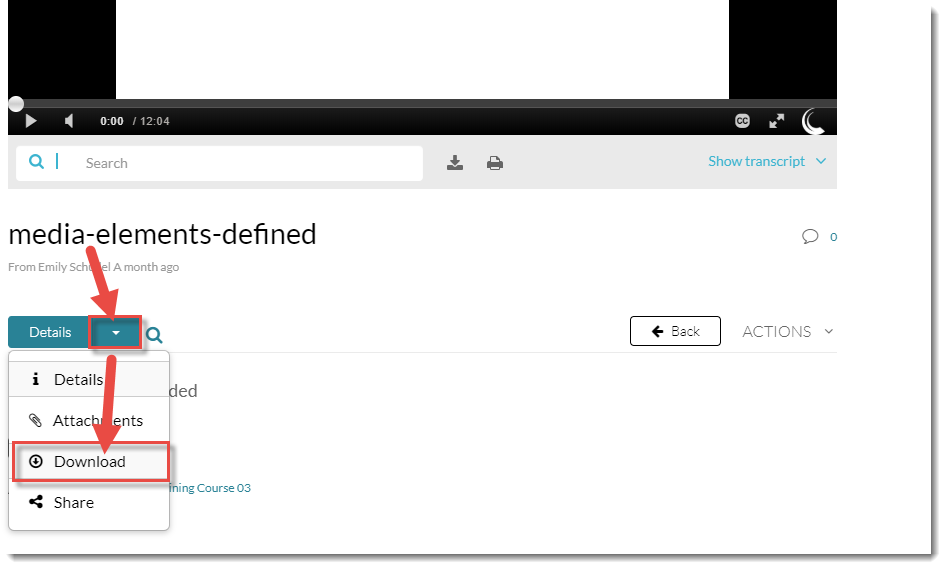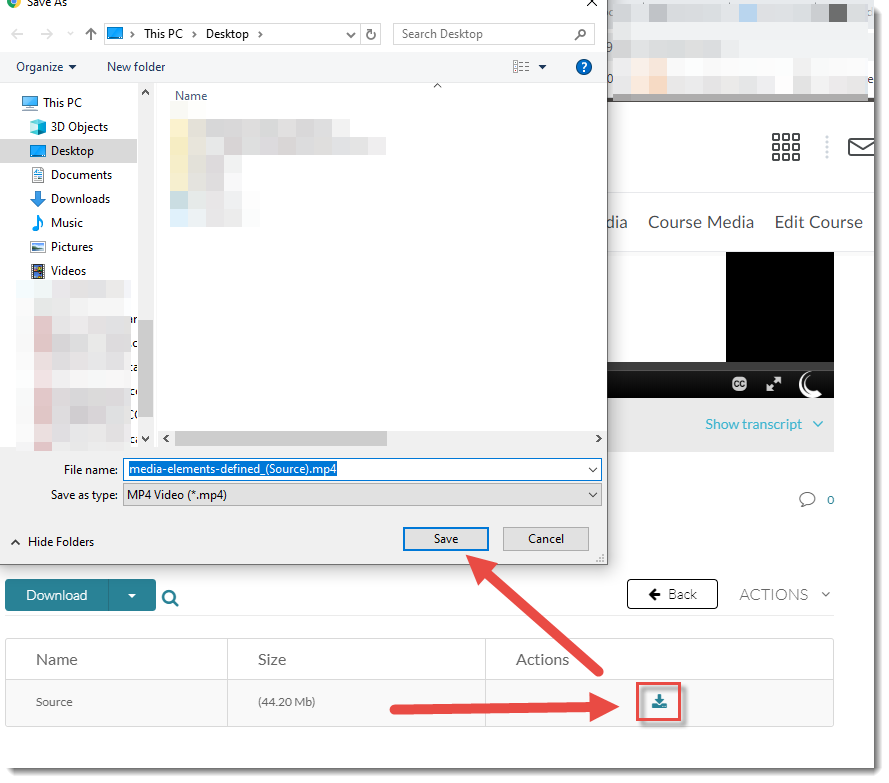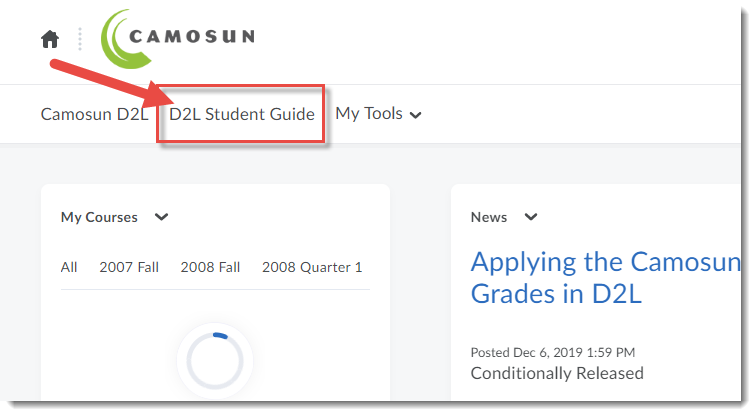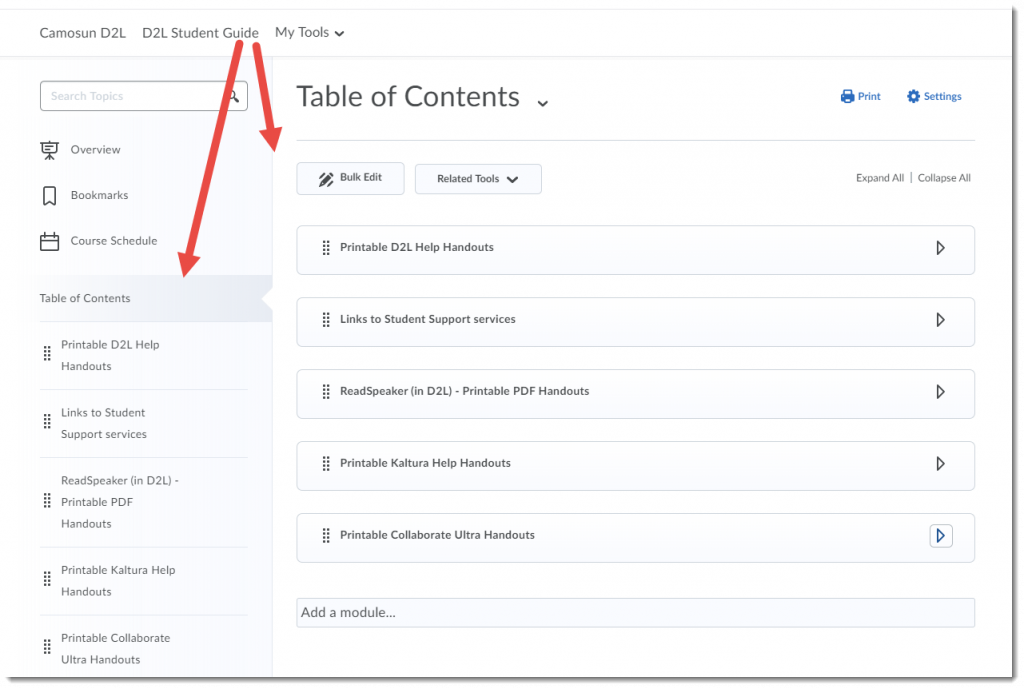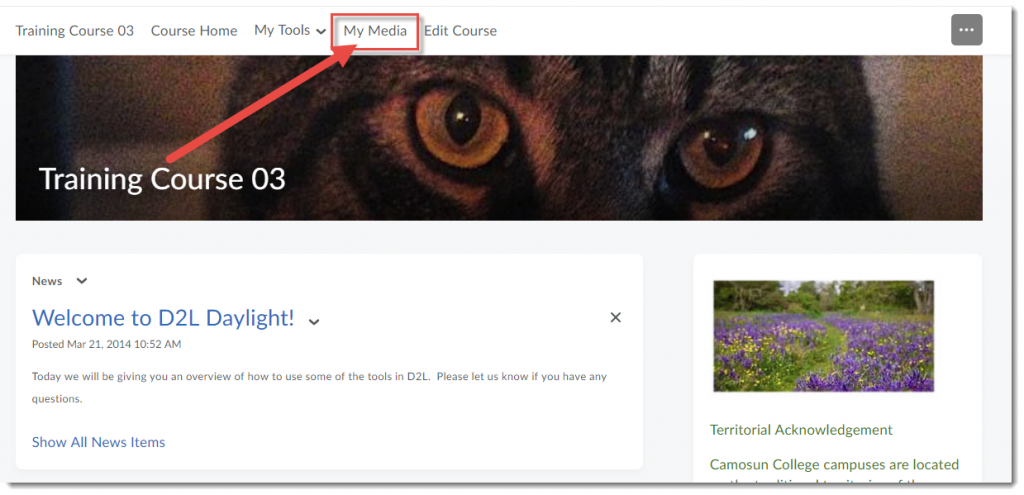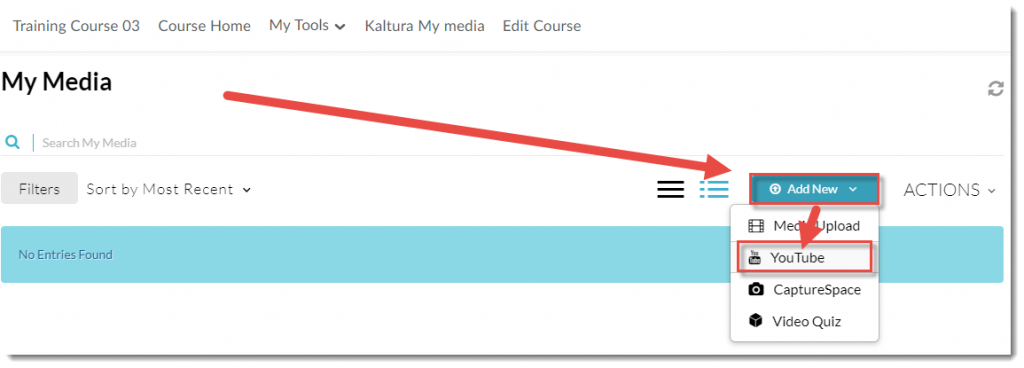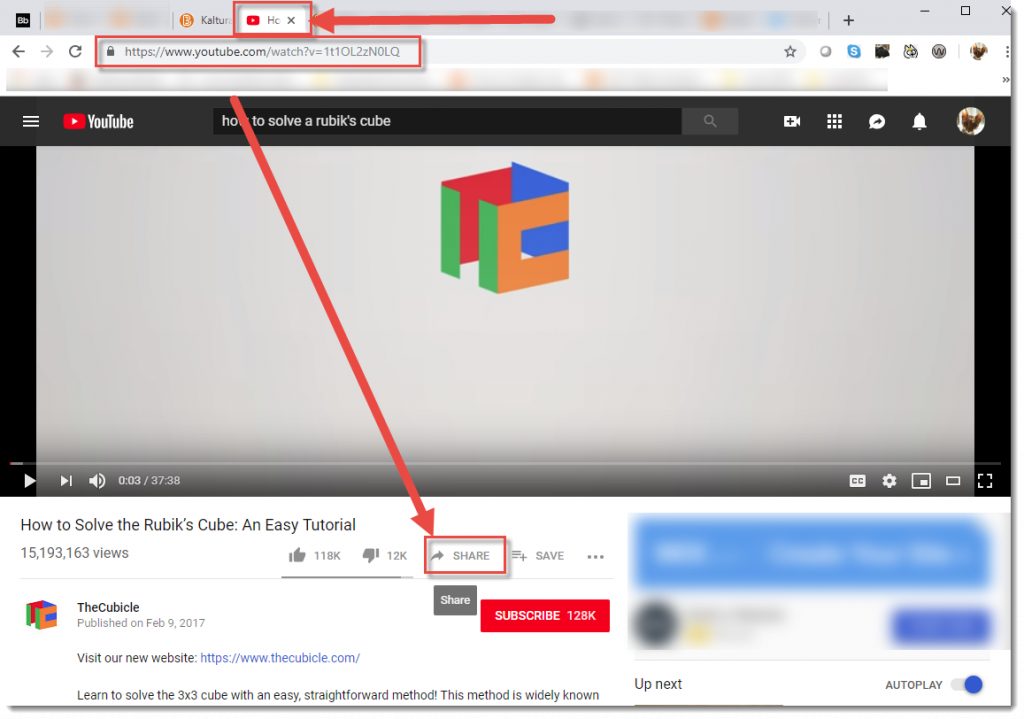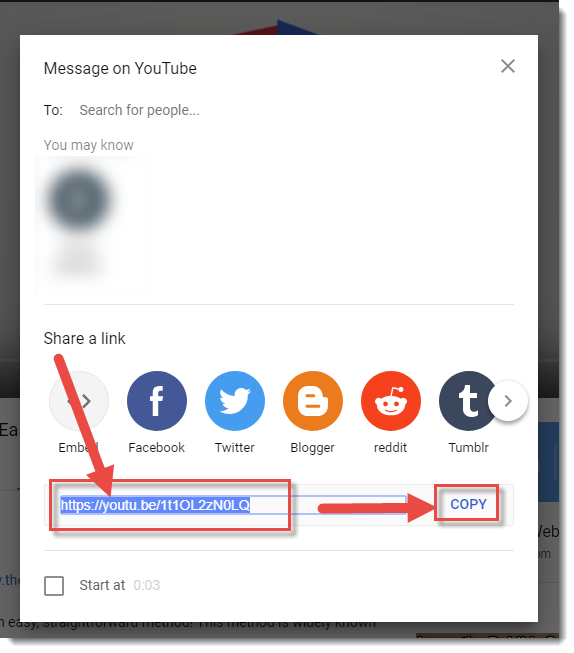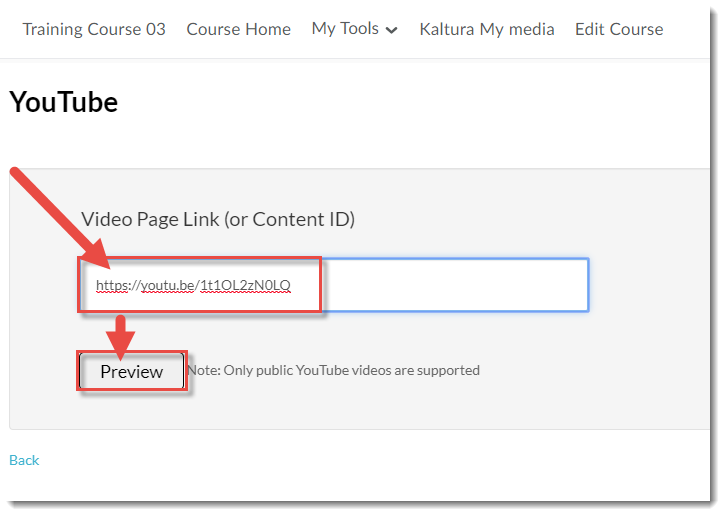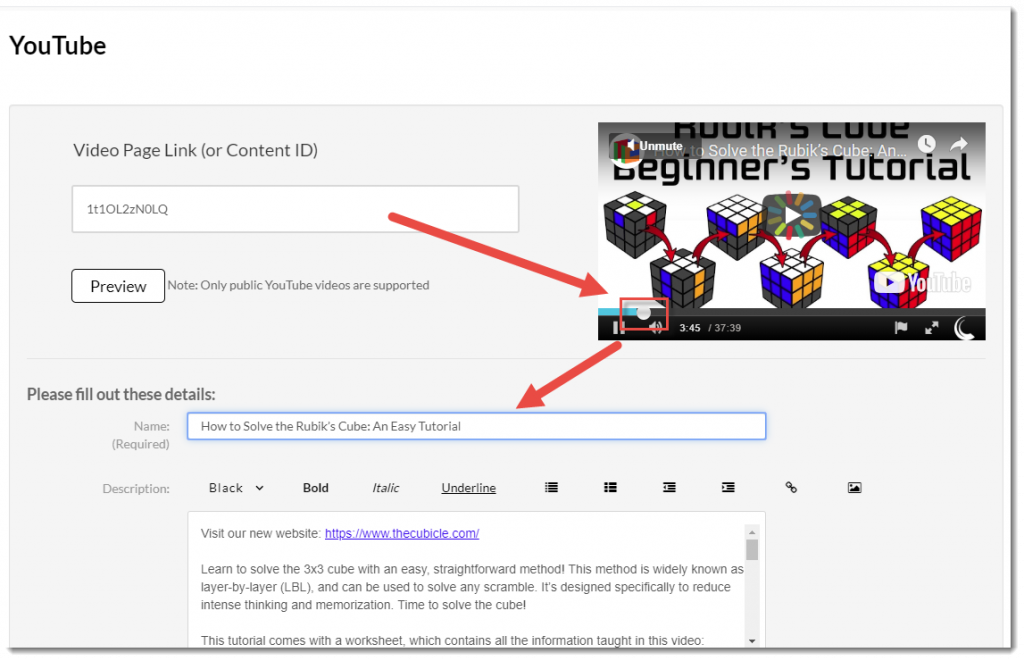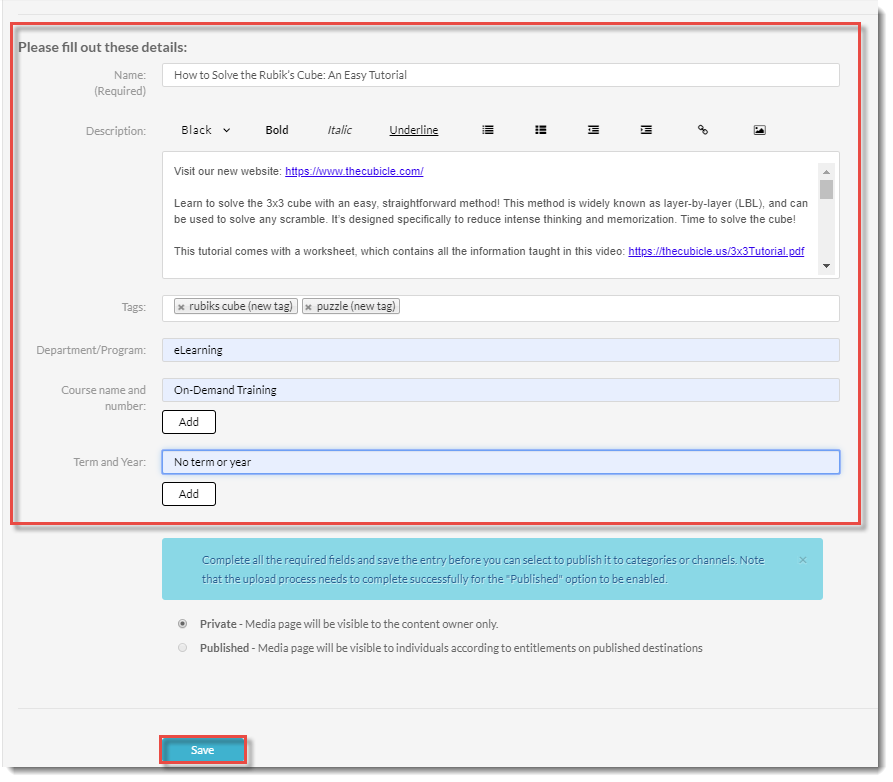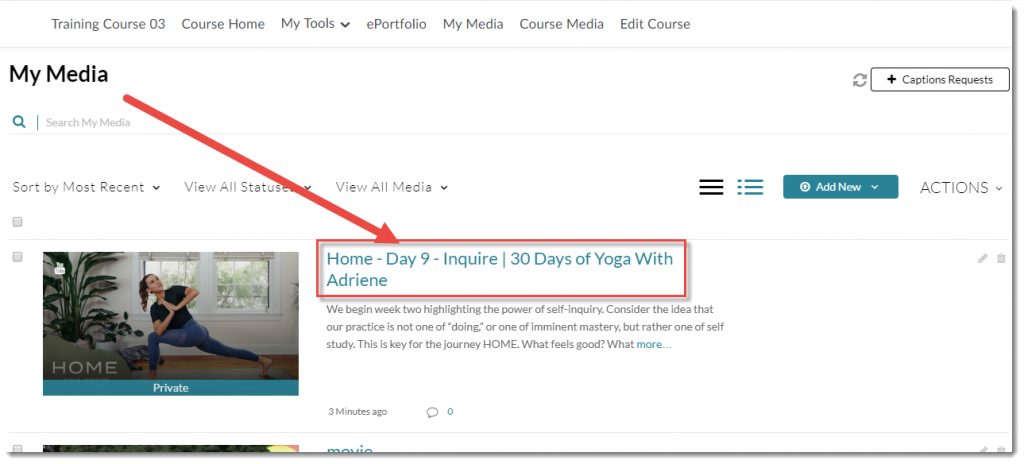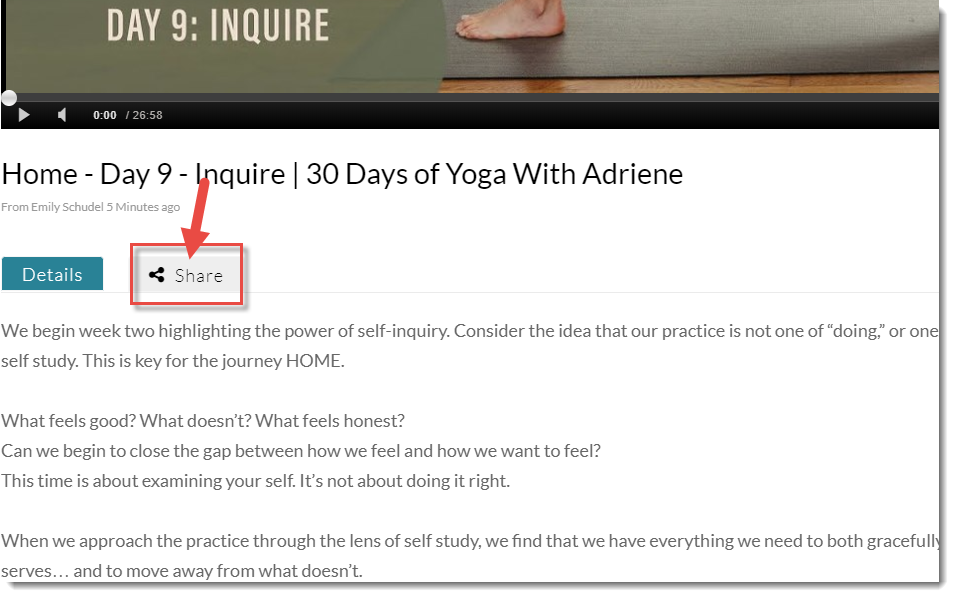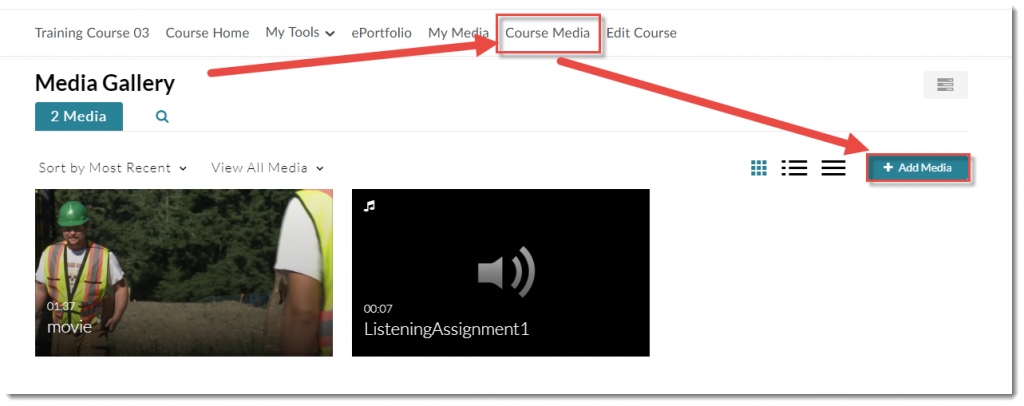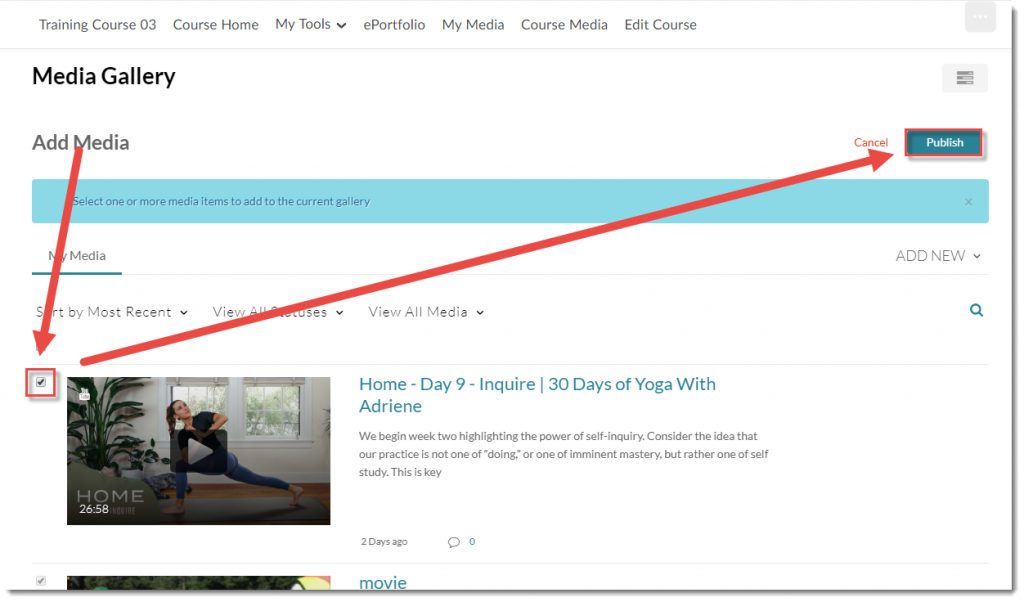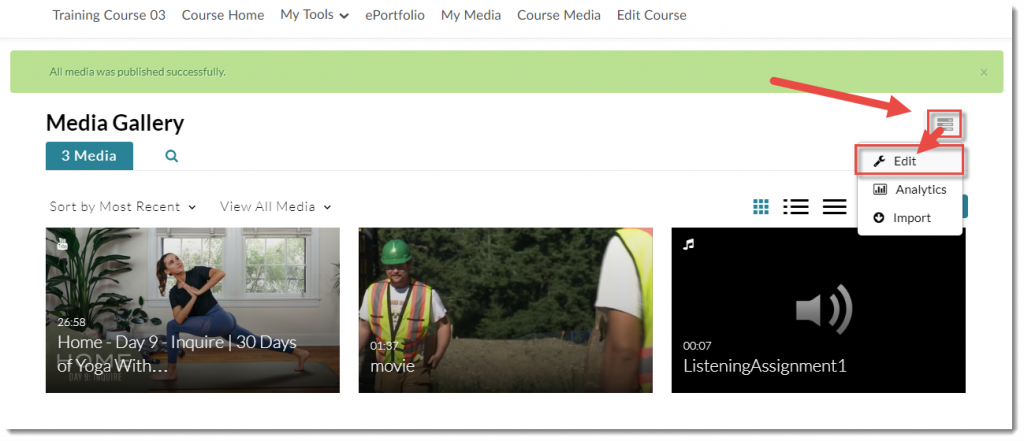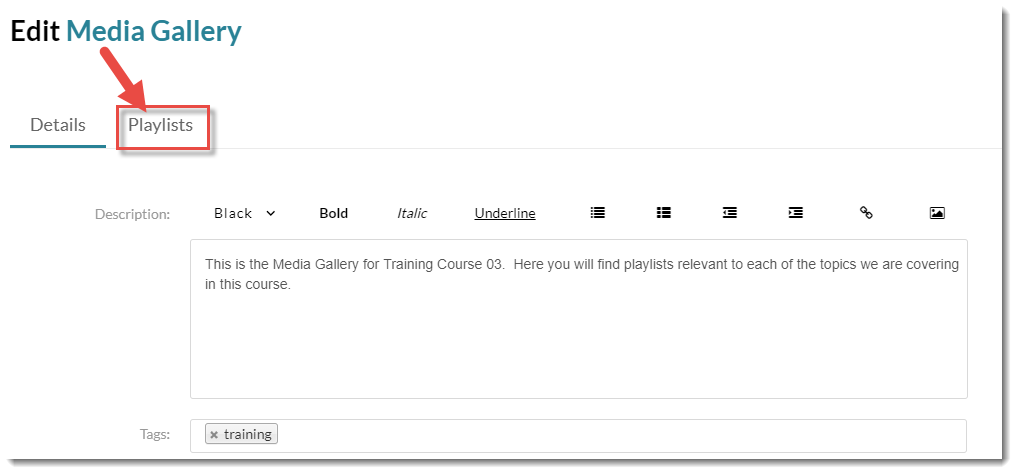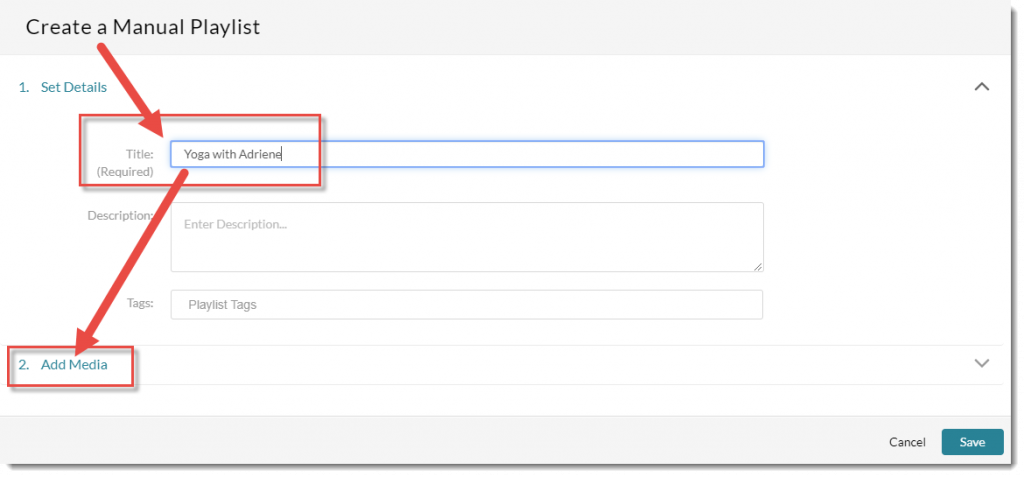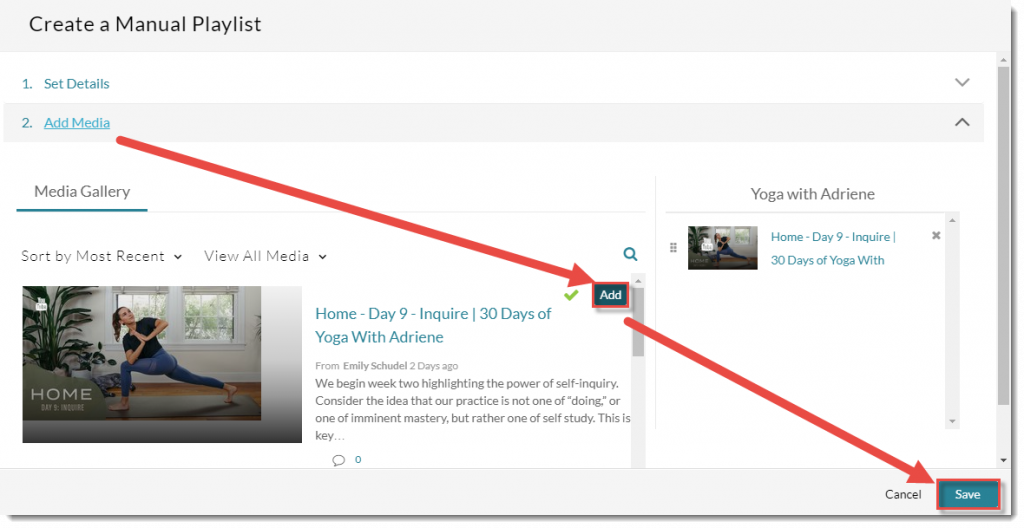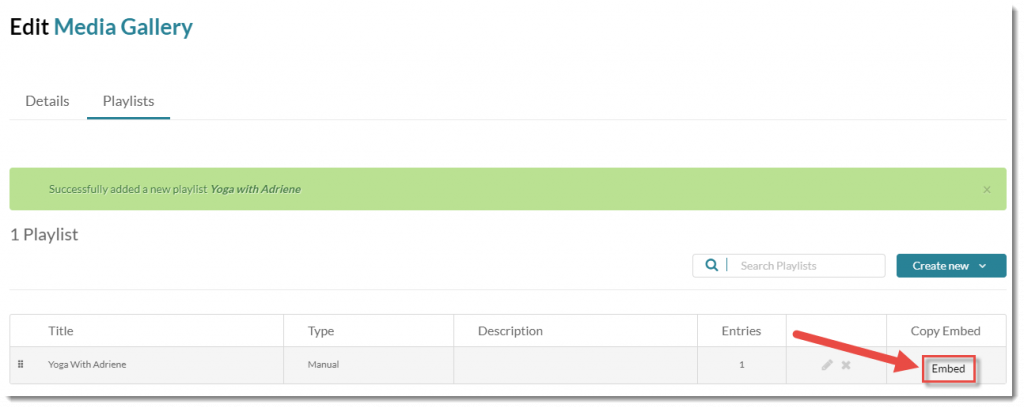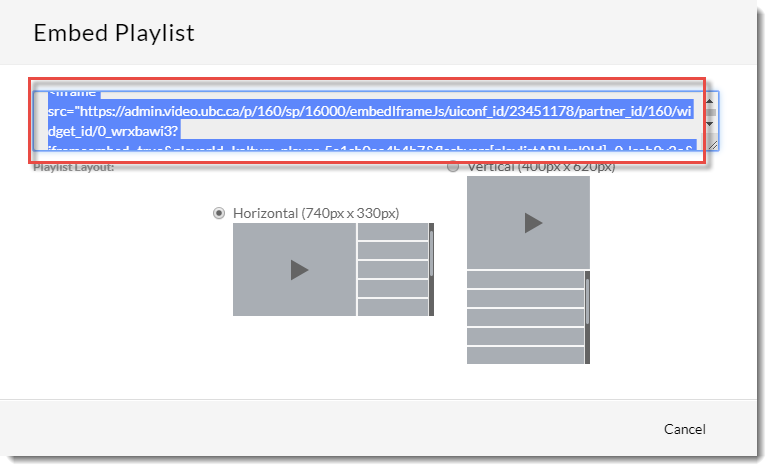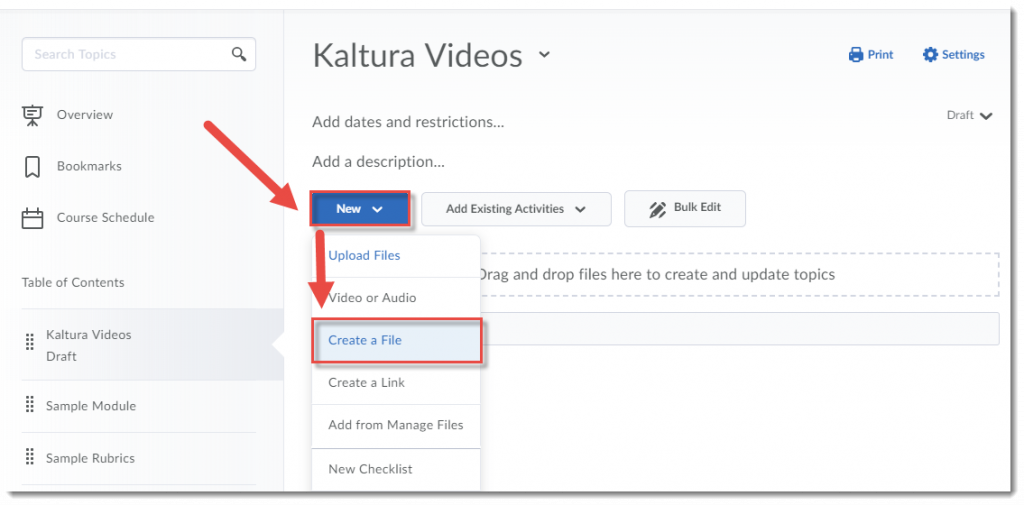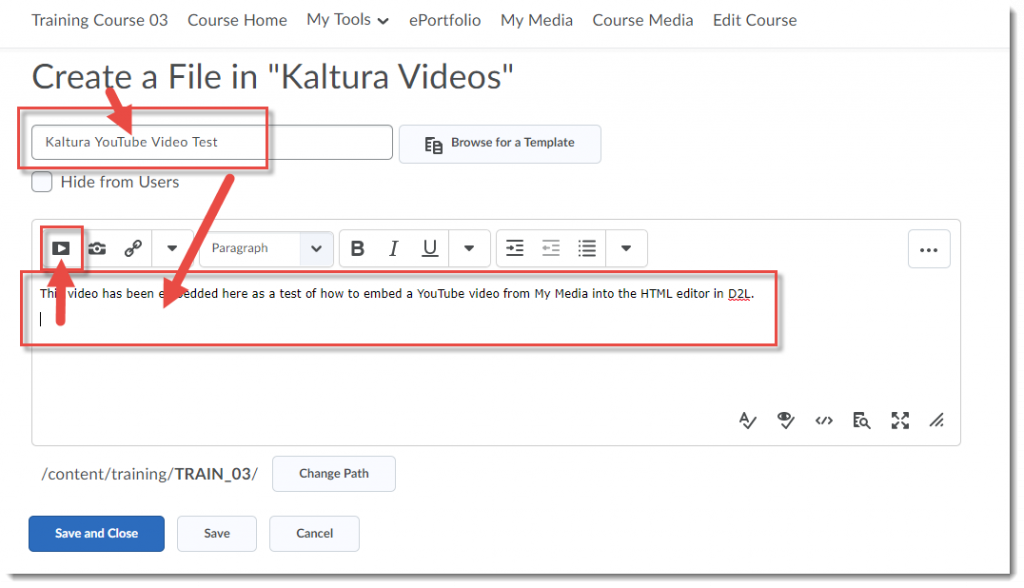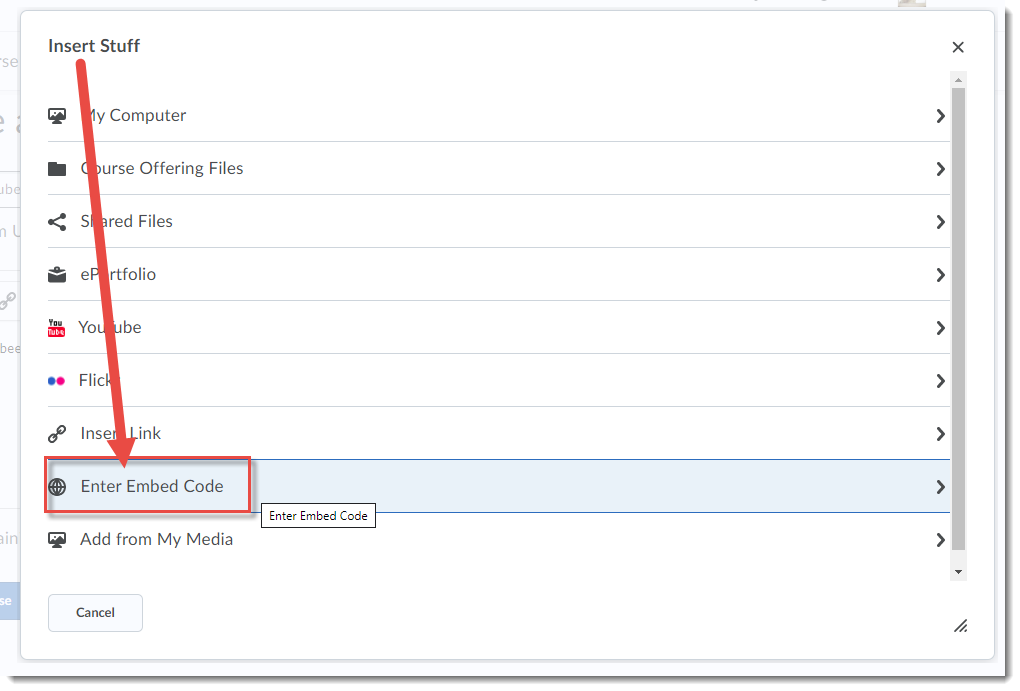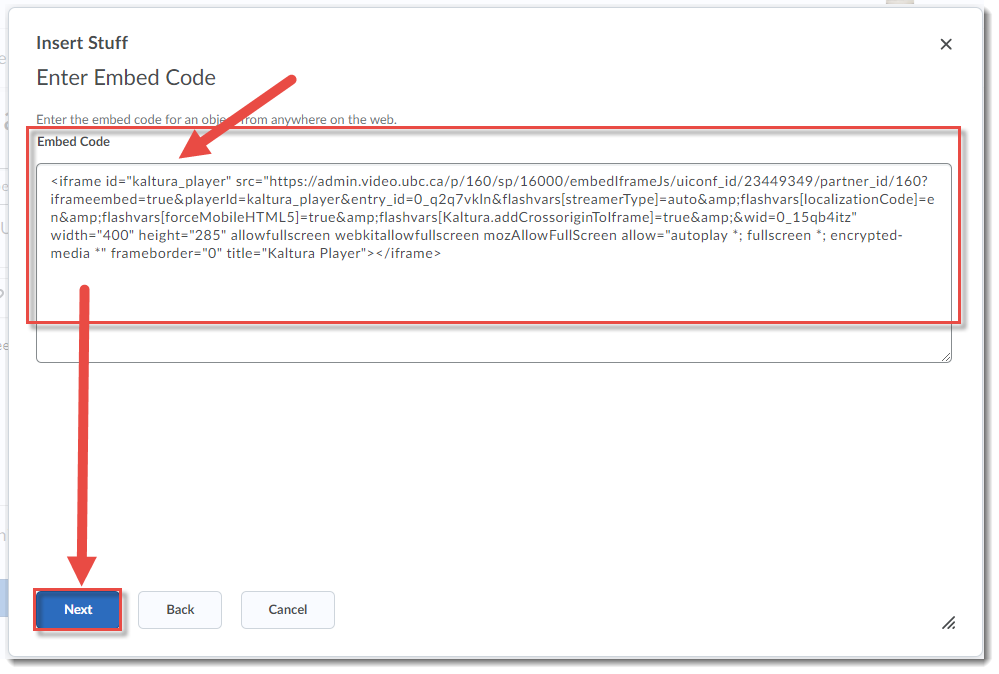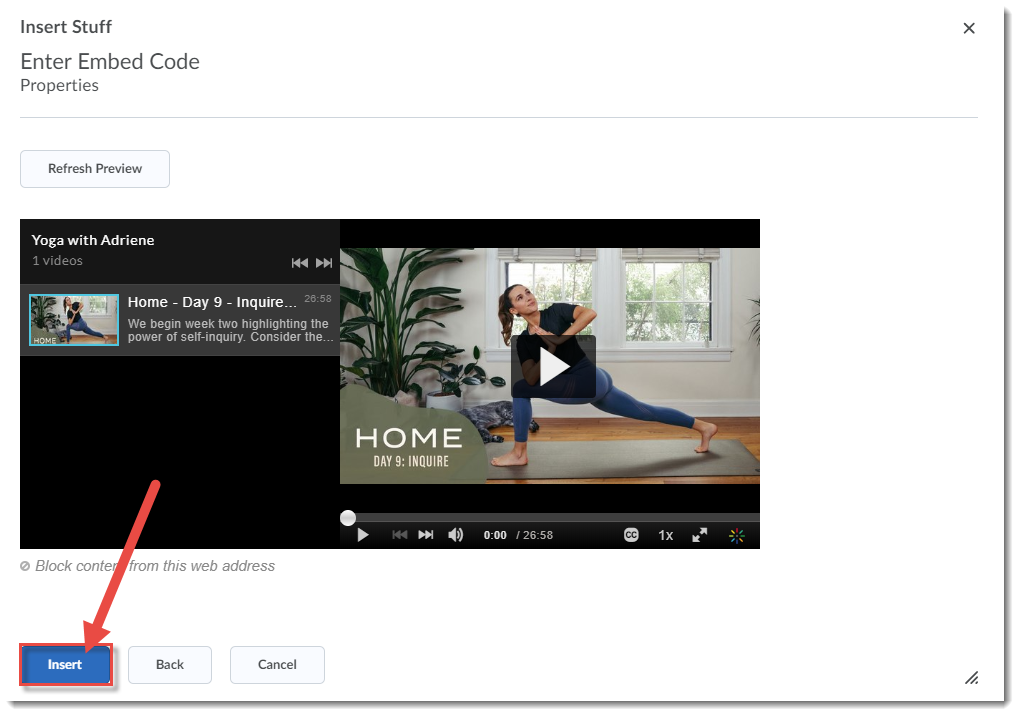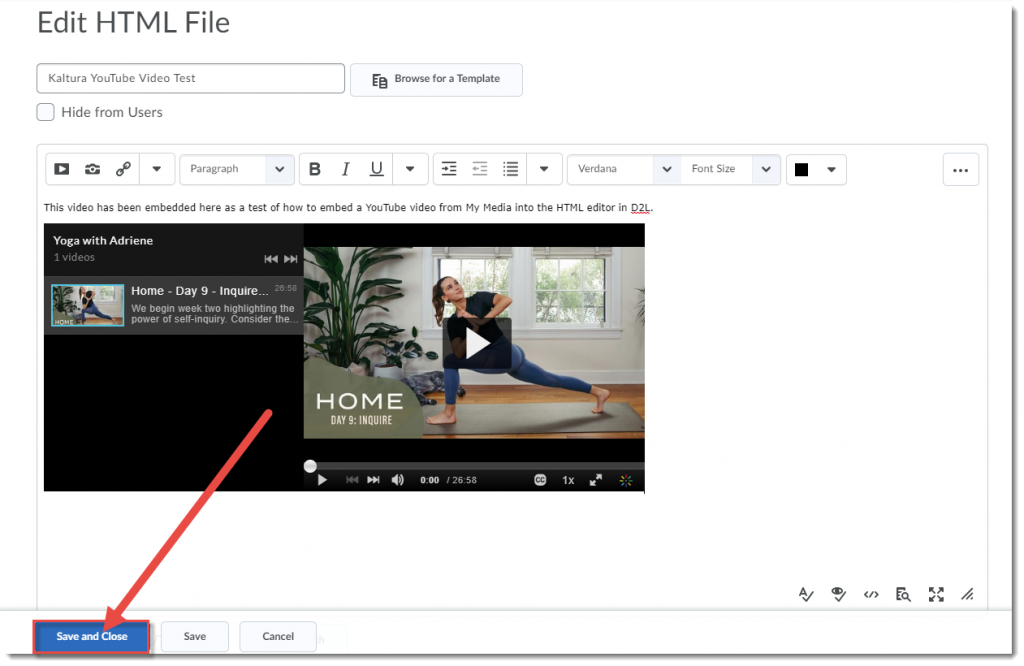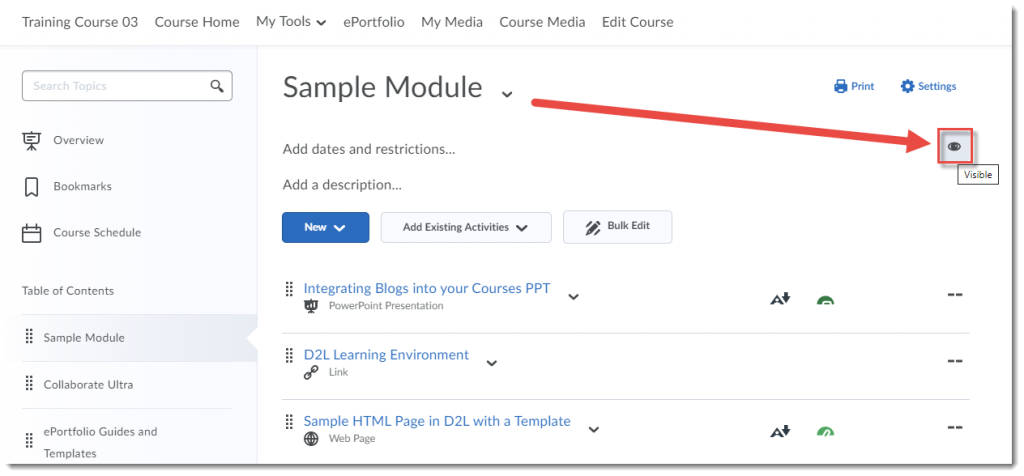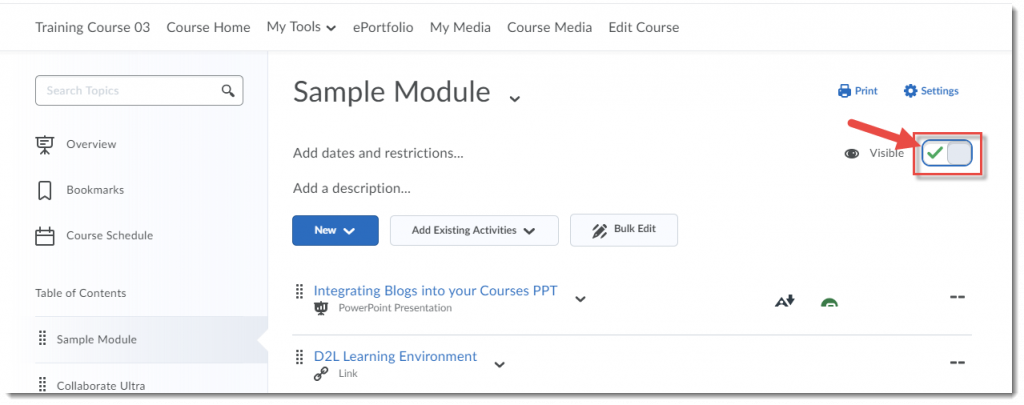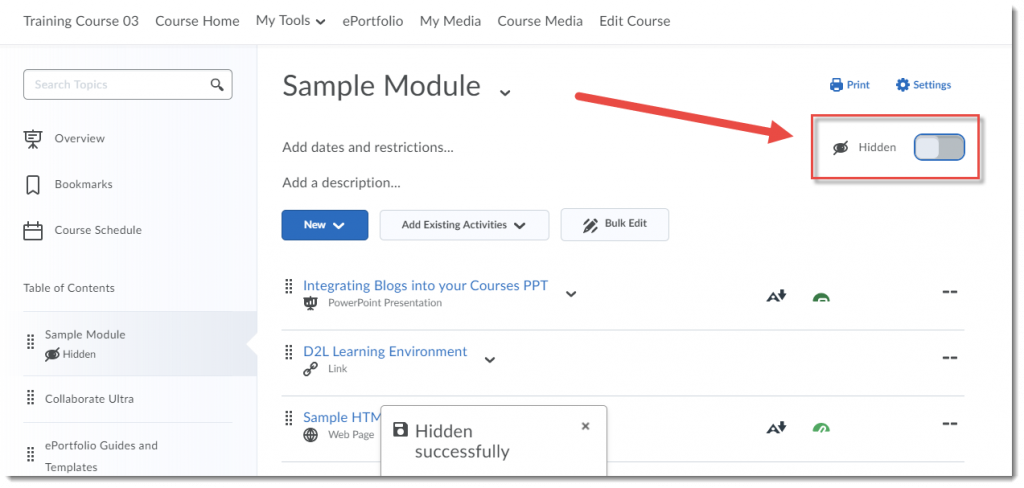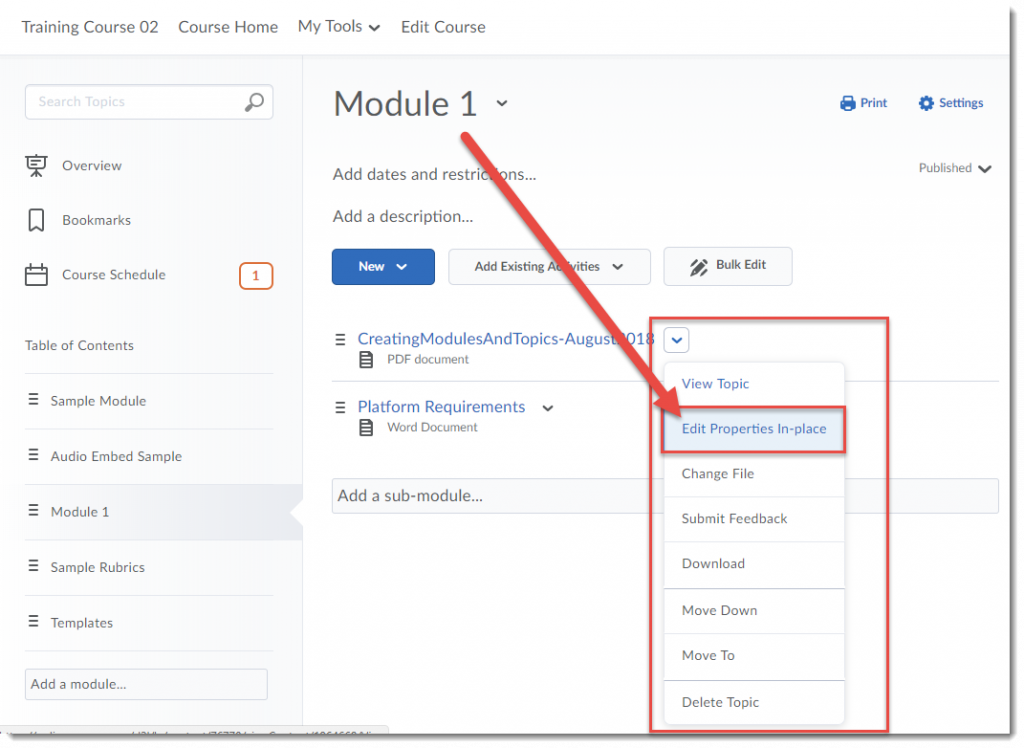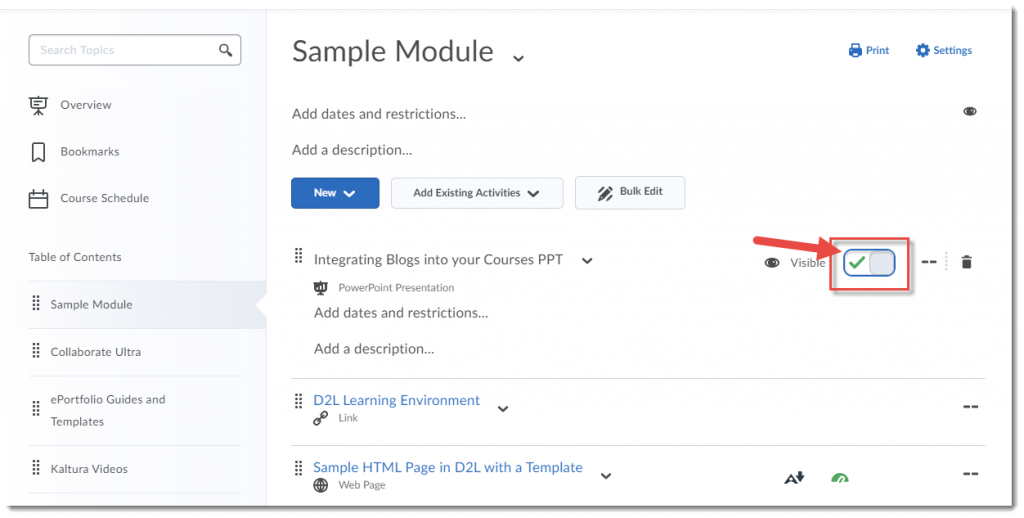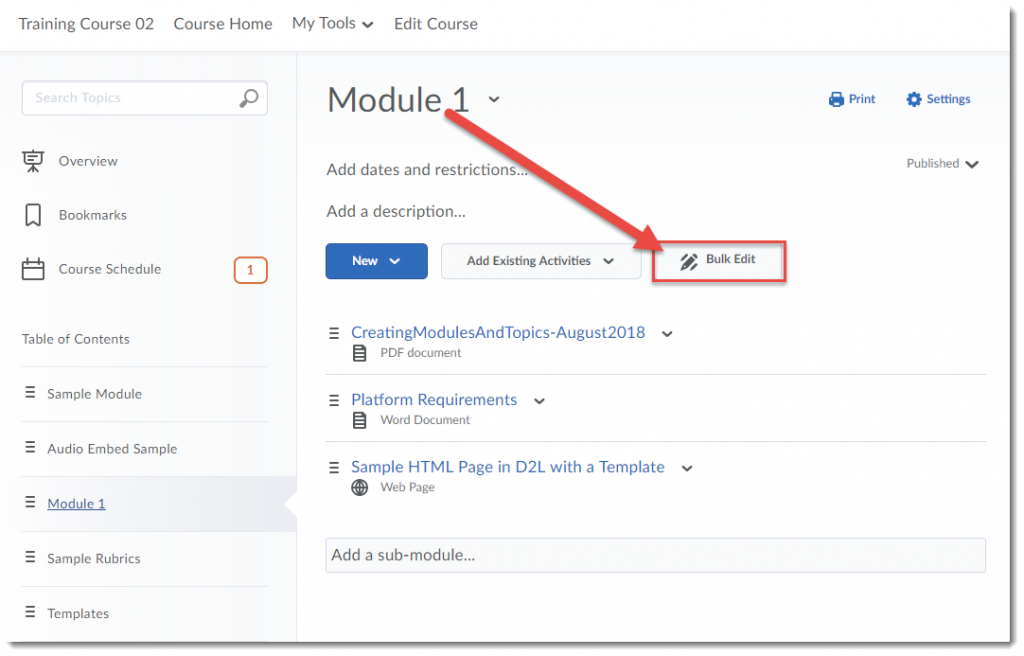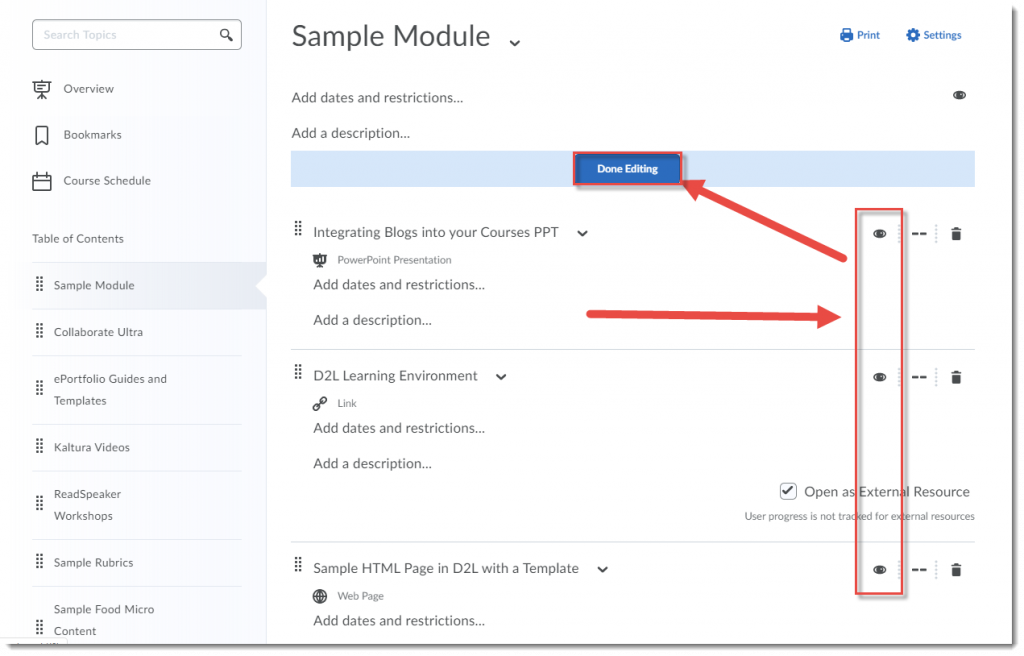eLearning Lansdowne Workshops
For Lansdowne workshops, click the Register link for the workshop you wish to register for. Questions about Lansdowne workshops? Contact Emily Schudel.
Blackboard Collaborate Ultra: Engaging in Real time
Day/Time: Tuesday, May 6, 2:00-4:00pm
Room: TBD
Register
Blackboard Collaborate Ultra is a synchronous classroom tool, which means that faculty now have an online tool with audio, video, chat, and whiteboard/desktop sharing capabilities to support their teaching in real-time, either from a classroom or from the comfort of your own laptop. Come find out more about Blackboard Collaborate and see it in action!
Kaltura: Streaming Media at Camosun!
Day/Time: Thursday, May 7, 9:00am-12:00pm
Room: TBD
Register
Kaltura is Camosun’s a streaming media tool (we sometimes call it Camosun’s YouTube). This means faculty and students now have a place to create, edit, and house their course-related videos. Kaltura also integrates with D2L. This half-day hands-on workshop covers the technical consideration of integrating multimedia into a D2L course using Kaltura. Time will be set aside for you to integrate and test your multimedia components in D2L. Basic familiarity with D2L is recommended for participants interested in this workshop.
Articulate 360: An Overview
Day/Time: Thursday, May 7, 10:00am-12:00pm
Room: TBD
Register
Come explore ways to increase interactivity, learner engagement and satisfaction within online learning environments. A series of multi-disciplinary templates have been developed to address instructional challenges and support interactive and authentic online learning experiences in 3 key areas including: content management, quiz games and scenario-based learning (choose your own adventure). This workshop will provide an overview of the templates and for those interested in creating their own learning objects can get a sense of what is involved.
Designing for Inclusion with the Help of a New Ally!
Day/Time: Friday, May 8, 10:00-11:00am
Room: TBD
Register
To support Camosun’s commitment to a more inclusive student experience, the eLearning team is introducing a new tool within D2L that will help all of us to prepare course content that meets Web Content Accessibility Guidelines (WCAG) and automatically generate alternative formats of the content for students. The tool comes from the Blackboard company and is called “Ally”.
Ally doesn’t change how anything works in your course, and won’t affect your course files. It provides you guidance on how to correct technical accessibility issues with your digital course content, which means your learning materials will work better on mobile phones and tablets as well as with assistive technologies.
Your students will also be able to download “alternative formats” of your files by clicking the dropdown icon next to the file name, and choosing a version of the file most appropriate for their device and need.
Attend this info session to learn more about how Ally can support accessibility in your D2L courses.
First Steps in Creating Accessible Course Content
Day/Time: Wednesday, May 20, 1:30-3:30pm
Room: TBD
Register
Take the first steps to make your digital course content more accessible to a diverse population of students.
Improving the technical accessibility of your course content will not only help students with disability-related challenges to access your materials, it will also improve course content access for students who use mobile devices, need ESL assistance, want options for engaging with content during long commutes, or have unreliable Internet access off-campus. When you prepare D2L content to meet the technical standards defined by Web Content Accessibility Guidelines (WCAG), you give your students meaningful options for accessing content how and when they need it.
With the help of a new tool in D2L called “Ally”, this hands-on session will help you assess the current accessibility status your own D2L content. In addition, this session will guide you through some key steps you can take when creating Word documents, PDFs, PowerPoints, and web pages to ensure they are as technically accessible as possible.
Getting Started with ePortfolio in D2L
Day/Time: Tuesday, May 26, 9:00am-12:00pm
Room: TBD
Register
Looking for options for your students to collect and share documents, assessments, presentations, etc. with other students and faculty across their Program? Come find out how ePortfolio in D2L might support you!
Flipping Out over the Flipped Classroom (Blended)
Day/Time: Wednesday, May 27, 10:00am-12:00pm. Online pre-course activities open Tuesday, May 19th. NOTE: You must complete the online activities BEFORE May 27th!
Room: TBD
Register
Wonder what all the hype is around the “flipped” classroom? Come experience one way to flip a classroom in our blended workshop. NOTE: in this flip, the online component will run first, taking 1-2 hours to complete over a week, and will be followed by a 2 hour face to face session. In this workshop, you will:
- Learn about what it means to flip a classroom
- Discuss your own ideas for flipped classroom activities with Camosun colleagues
- Learn about the pros and cons of flipping the classroom
Text-to-Speech Support for Students: An Orientation to ReadSpeaker in your D2L Course
Day/Time: Thursday, May 28, 10:00am-12:00pm
Room: TBD
Register
If you use D2L to share content files with your students, you have probably noticed the presence of the “webReader” and “docReader” tools at the top and/or bottom of the content-display pages. These tools (from the ReadSpeaker company) are designed to convert text into speech, without requiring students to download and install additional software.
Text-to-speech technology is especially valuable to students who have learning disabilities, reduced vision, or who are coming to English-as-a-second-language. The ReadSpeaker tools that we have integrated into our D2L system will read text aloud while simultaneously highlighting it so that readers can easily follow along.
In addition to the two readers that are automatically available in D2L Content, we have a third tool in our ReadSpeaker collection: TextAid. This tool has been in limited pilots to date but is available for any instructor to add to their D2L courses. In addition to providing text-to-speech support for external websites and students’ own documents, TextAid also has potential to support students with their own written composition work.
In this hands-on session we will look at webReader, docReader and TextAid in our D2L environment, sample the readability of current course content in participants’ courses, and explore the writing-support possibilities of TextAid.
Integrating Informal Assessments Using D2L
Day/Time: Thursday, June 4, 10:00am-12:00pm
Room: TBD
Register
Unlike formal assessments, informal assessments allow you to observe the progress of your students regularly throughout the term of your course. In this session we will look at ways you can use D2L and other eLearning tools, to support informal assessments for your students.
Creating Community in the Online Classroom (Blended)
Day/Time: Tuesday, June 9, 10:00am-12:00pm. Online pre-course activities open Monday, June 1st. NOTE: You must complete the online activities BEFORE June 9th!
Room: TBD
Register
What does it mean to create an online community for your students? What considerations do you need to keep in mind when developing online activities to support that online community? This blended workshop will give you the opportunity to engage in online community building, and to work with your peers face-to-face to develop strategies for integrating online community-building activities into your course. NOTE: the online component will run first, taking 1-2 hours to complete over a week, and will be followed by a 2-hour face to face session.

